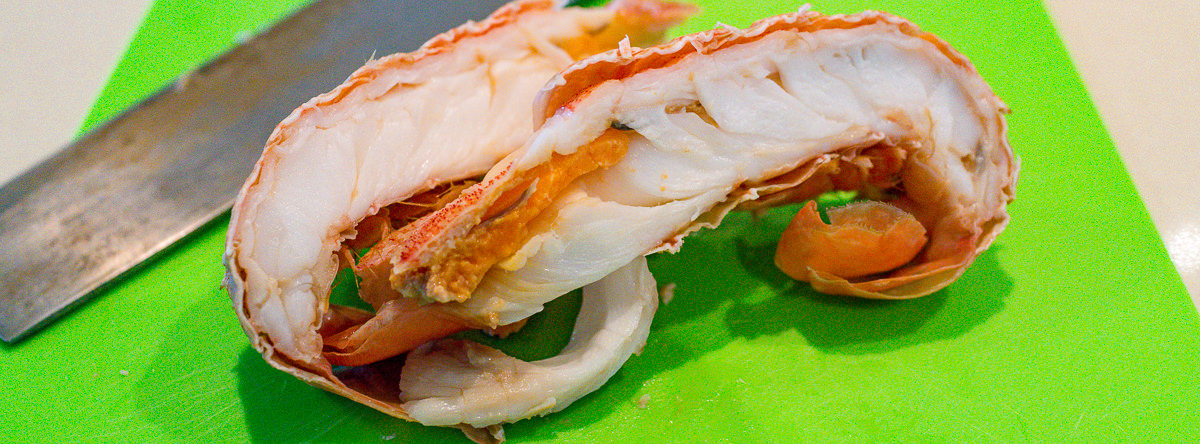Dear Reader,
Yummy Lummy’s mission is to help singletons cook meals for themselves.
Many of the meals here have enough leftovers, so if you are part of a family or a group house, you could use the recipe for an evening meal.
Tonight I put together some leftover bits and pieces to make a tasty evening meal.
During the week, I’d cooked a few pork belly strips and peppercorns in the pressure cooker. I’d also cooked some rice and had some leftovers.
One of the things I do with capsicum is to buy three of them (red, green, and yellow), slice them at the start of the week, and use the slices as needed.
I am a lazy cook, so I buy whatever looks good at the supermarket rather than make a curry paste from scratch.

Ingredients
- Cooked pork belly strip
- Cooked peppercorns
- Cooked rice
- Capsicum slices
- Chopped parsley
- Sliced red cabbage
- Red curry paste
- Coconut cream
Instructions
- Lovingly sharpen your cook’s knife (as iron sharpens iron, so a friend sharpens a friend (Proverbs 27:17 NLT).
- Slice the red cabbage
- Dice the pork belly strip
- Chop the parsley
- Heat a skillet and add some cooking oil.
- Heat the pork and peppercorns.
- Add a tablespoon of red curry paste as the pork softens, and gently stir everything with a wooden spoon until the pork and peppercorns have a curry paste coating.
- Add in the rice and mix everything and cook until the rice is hot. Remember that when you reheat rice or any food for that matter, you want to get the food in the cooking vessel hot enough to kill vegetative bacteria. Please don’t make the mistake of calling this a sterilising process. It isn’t. Sterilisation requires the death of spores, and the only reliable way to sterilise food in a domestic kitchen is to use a pressure cooker. At best, all we’re doing with a skillet is pasteurising the food.
- Pour in the coconut cream and stir everything. Bring the food to a simmer and keep cooking to reduce the coconut cream.
- Thicken the coconut cream to the consistency you want and turn the heat off.
- Mix through the capsicum, cabbage, and parsley and serve in a bowl.
- Give thanks to the Lord for the wages we earn to buy food and the skills we’ve learnt to prepare and cook food.
Final thoughts
- How has your week been?
- Have you ever experienced food poisoning from poorly heated food?
- Do you like making meals from scraps of food you’ve cooked during the week?

Red cabbage Parsley Capsicum 
Pressure cooker Pork belly Peppercorns 
Rice Peppercorns 
Pork belly red curry 
Pork belly red curry
















